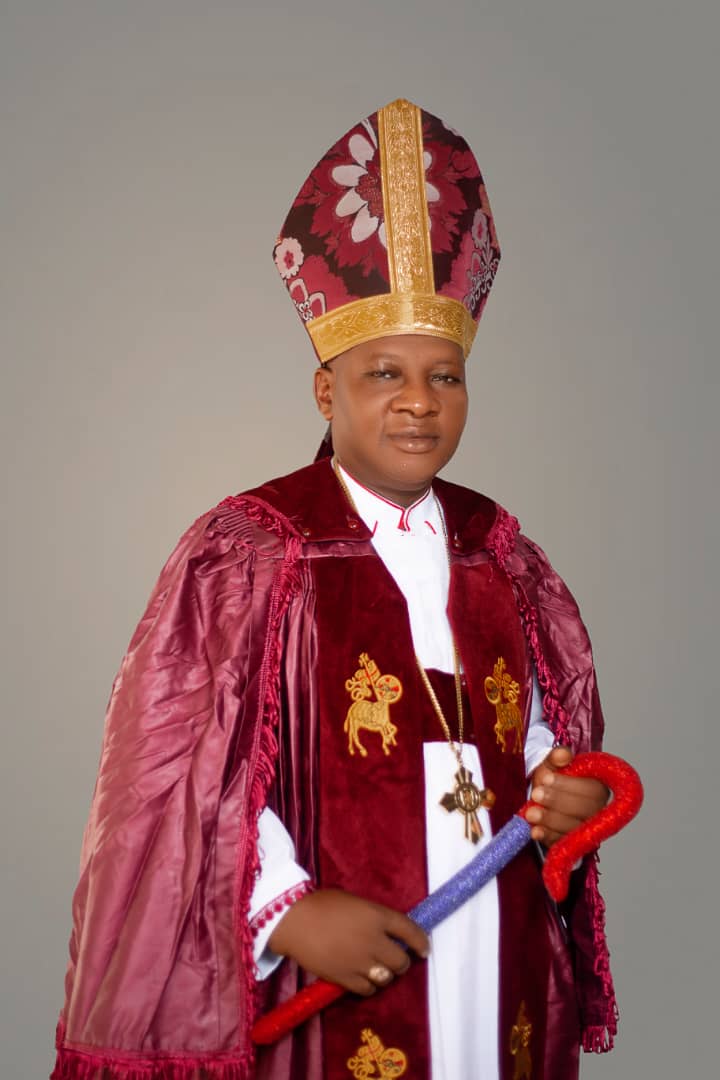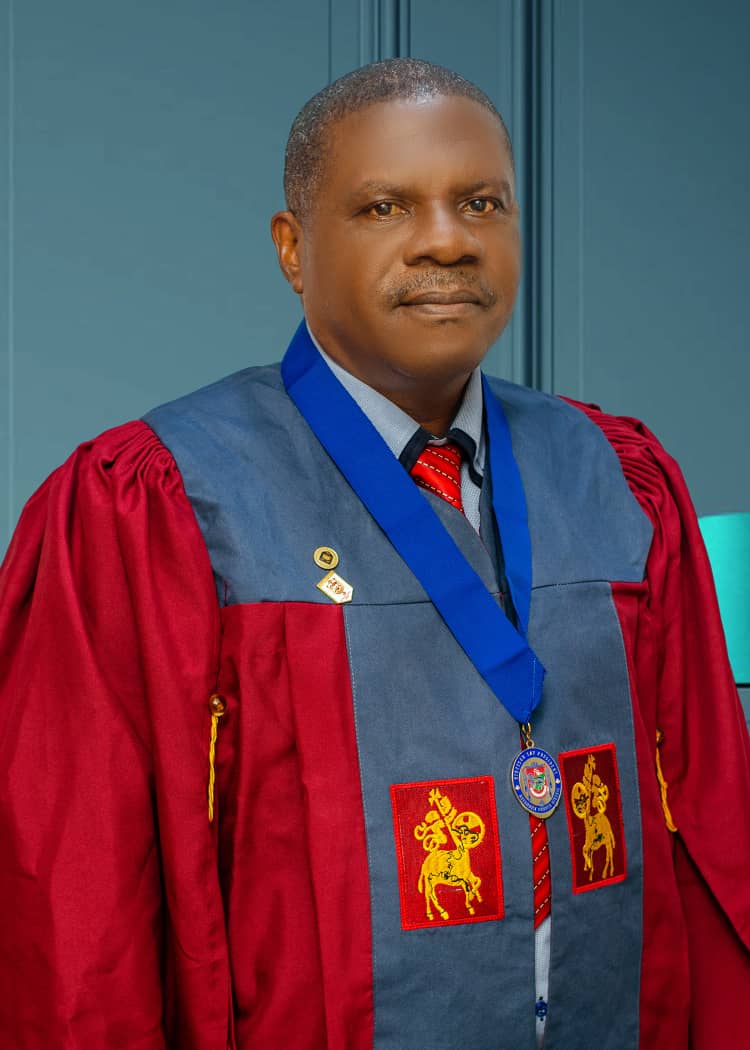THE DIOCESE
In Methodist Church Nigeria, the Diocese is made up of at least four Circuits in the same area. Its main role is the administrative oversight of all Circuits.
PS: The Conference though may in special circumstances and for strategic reasons create a Diocese comprising less than four Circuits.
The SYNOD
The SYNOD is the highest decision-making body at the Diocesan Level. The Synod serves as:
- The governing body of the Diocese, subject however to the overriding directives of Conference.
- A focal point of the spiritual and administrative Government of all Circuits in its area of Jurisdiction.
Every SYNOD consists of three sessions: Ministerial, Lay and Representative. The Ministerial and Lay Sessions form the Representative Session of Synod.
THE DIOCESAN BISHOP

Rt Rev Ekpenyong Ime Ekpenyong
D/Line Diocese
Rt Rev Ekpenyong Ime Ekpenyong
D/Line Diocese
The Diocesan Bishop is the Chairperson of the Diocesan Synod and Diocesan Council.
Please Note:
If the Diocesan Bishop is unable to attend Synod, the Representative Session or the Diocesan Council, the Diocesan Lay President presides.
If the Diocesan Bishop is unable to attend the Ministerial Session of the Synod, the most senior Presbyter in the Diocese presides.
THE ROLE OF THE BISHOP
- Be responsible, with Presbyters, for the observance of Methodist Order and Discipline within the Diocese.
- Exercise pastoral and administrative oversight of the Diocese and its Ministers.
- Maintain contact with Circuit Presbyters and visit Circuits as needed.
- Implement and coordinate all decisions of the Diocesan Council and Synods.
- Supervise the Diocese's finances in consultation with the Lay President.
- Implement decisions from the Archdiocesan Council, Conference Connexional Council, and the Conference.
- Perform all duties assigned by the Conference, Prelate, and Archdiocesan Council.
DIOCESAN LAY PRESIDENT

Engr Bro Chris E. Amaechi
D/Line Diocese
Engr Bro Chris E. Amaechi
D/Line Diocese
The Lay President is elected by Synod for a three-year term, renewable once.
Functions:
- Preside over the Lay Session of Synod.
- Preside over Representative Sessions in the Bishop’s absence.
- Assist in supervising Diocesan finances and activities.
- Promote and supervise Circuit and Officer performance.
- Member of Archdiocesan Council, Diocesan Council, Church Council, and other governing bodies.
- Support groups and societies within the Diocese under the Bishop's authority.
THE DIOCESAN SYNOD SECRETARY
Selected by ballot among nominated Ministers during Synod. The Secretary works under the Bishop and serves the Synod and Council.
Functions:
- Assist the Bishop in administering the Diocesan office.
- Record and maintain minutes of Synod and Council meetings.
- Perform duties as assigned by the Bishop and Council.
DIOCESAN TREASURERS
Two treasurers are elected by Synod for a renewable three-year term. They manage finances under the Bishop’s guidance.
Functions:
- Manage Diocesan accounts in line with Church policies.
- Execute financial decisions when Synod or Council is not available, under Bishop’s direction.
OTHER OFFICERS OF THE DIOCESE
Includes Legal Advisers, Property & Technical Advisers, among others.
MEMBERSHIP OF THE DIOCESAN COUNCIL
- Bishop – Chairperson
- Diocesan Lay President
- Archdiocesan Lay President (for Dioceses covering his Local Church)
- Diocesan Synod Secretary
- Treasurers
- Legal and Property Advisers
- All Circuit and Church Presbyters and Ministers
- All Stewards of Circuits and Local Churches
- Evangelism Coordinator
- Men, Women and Youth Fellowship Leaders
COMMITTEES IN THE DIOCESE
- Christian Social/Action Committee
- Evangelism, Outreach and Spiritual Development Committee
- Nomination, Appraisal and Merits Committee
- Finance and Strategic Planning Committee
- Law and Property Committee
- Health and Medical Committee
- Women’s Work Committee
- Children and Youth Work Committee
- Men’s Work Committee
